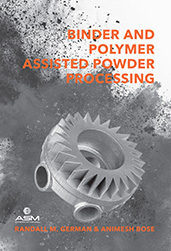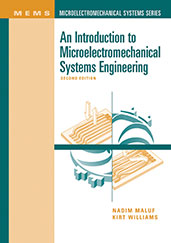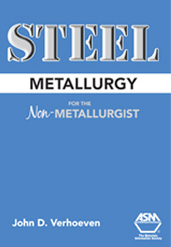Book

Composite Materials: Advanced Materials and Lightweighting (DVD)
2015-04-15
technology breakthroughs. Viewers are virtually taken to labs and research centers to learn how design engineers are enhancing product performance/reliability, reducing cost, improving quality, safety or environmental impact, and achieving regulatory compliance. In the episode "Composite Materials: Advanced Materials and Lightweighting" (30:20), Molded Fiber Glass Companies, known for its deep involvement in the creative development of the molded fiberglass process for the Corvette, demonstrates the manufacturing of sheet molded composite for fiberglass parts. Tanom Motors introduces the Tanom Invader , a blend between an automobile and a motorcycle made exclusively with composite materials. Finally, Euro-Composites demonstrates the manufacturing of honeycomb core material made out of aramid paper and phenolic resin used in aircraft structures.



















